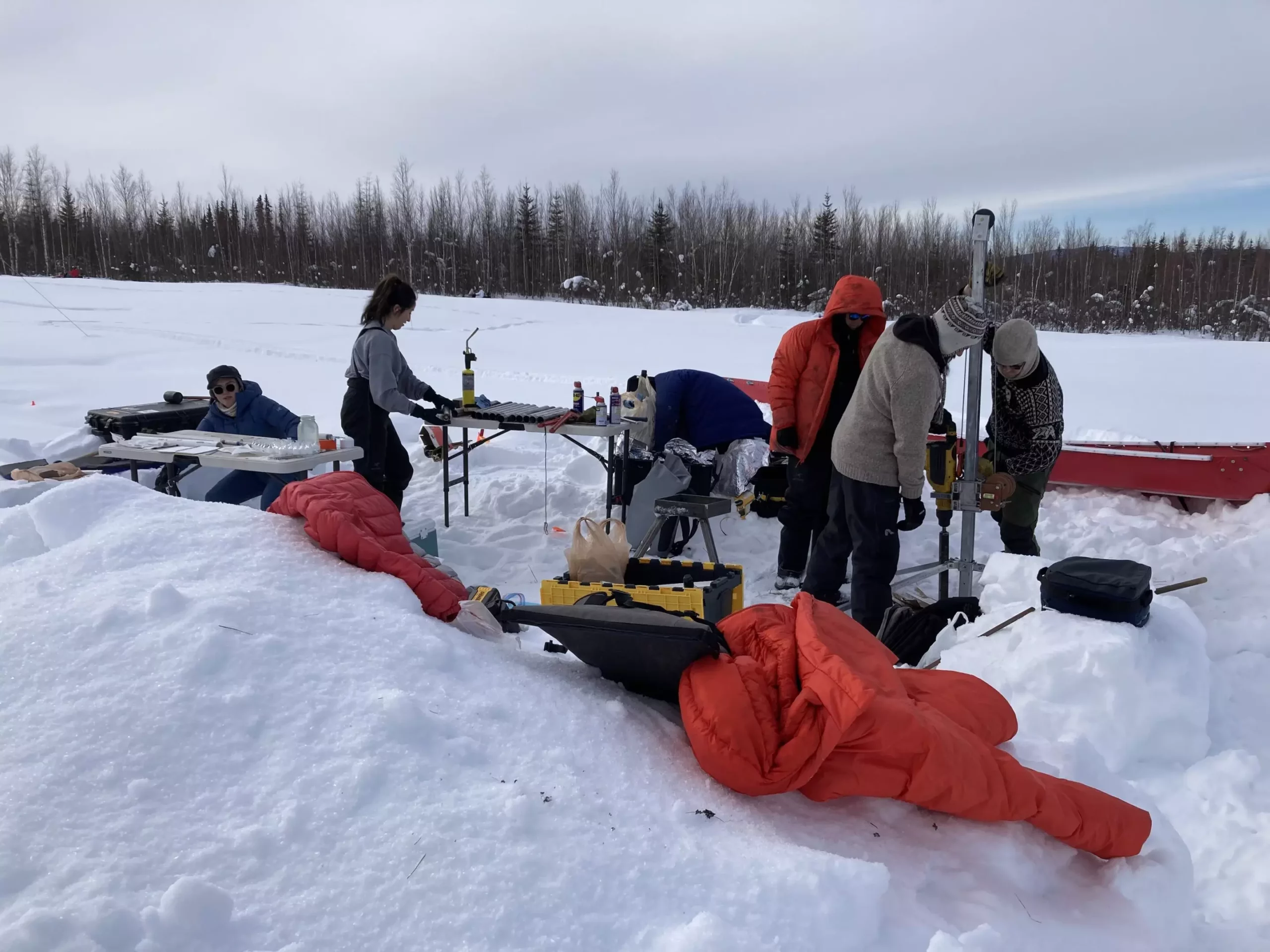In the arena of climate science, methane has often received attention as a formidable greenhouse gas—perhaps overshadowed by carbon dioxide in public discussions. Yet, recent revelations from the University of Alaska Fairbanks have shifted the focus back to methane, particularly its unexpected emergence from upland ecosystems in Alaska. The discourse surrounding methane’s role in climate change is now under scrutiny, propelled by new evidence that suggests dryland landscapes may release far more methane than previously estimated. This article examines the implications of these findings, the methodology behind the research, and what it means for our understanding of climate dynamics.
Katey Walter Anthony, a seasoned limnologist, found herself on the precipice of a revelation that started as mere whispers of methane leaking from beneath the surface of Fairbanks lawns. Initially skeptical, her investigation began when she responded to local inquiries about unusual gas emissions in nearby terrains. Collaborating with local reporters and igniting “turf bubbles,” she and her colleagues confirmed the presence of methane in unexpected locations, including grassy areas and dry woodlands.
Undeterred by her previous reliance on the assumption that methane was predominantly linked to saturated wetlands, Walter Anthony expanded her inquiry into the surrounding forests, revealing that large volumes of methane gas were indeed emanating from well-drained dry lands. With National Science Foundation funding, she launched an extensive study encompassing dry upland ecosystems across Interior and Arctic Alaska. The research, detailed in a groundbreaking July publication in *Nature Communications*, unveiled startling levels of methane emissions, including carbon with origins thousands of years deep in the geological timeline.
The implications of these findings are profound. Traditional climate models characterized dryland areas as either insignificant contributors to methane emissions or as potential sinks for greenhouse gases as the Arctic began to warm. However, Walter Anthony’s research contradicts this view, highlighting emissions from drier landscapes that were remarkably higher than those from wetlands. The phenomenon was especially pronounced during winter months, where emissions could be five times greater than those recorded in traditionally recognized methane hotspots.
This revelation necessitates a paradigm shift in how scientists perceive the role of upland ecosystems in global climate change. The discovery that dry lands could serve as substantial sources of methane introduces new variables into climate models, revealing potential risks of accelerated global warming that have not been adequately accounted for.
Walter Anthony and her team identified 25 additional study sites throughout Alaska’s diverse terrains, from grasslands to tundra, measuring methane emissions over a rigorous three-year period. An impressive feat of data collection was achieved, involving year-round monitoring across more than 1,200 locations. It became evident that the majority of these sites were contributing to methane emissions regardless of the established associations with wetland environments.
Significantly, the researchers pinpointed formations known as taliks—unfrozen pockets of soil that remain above the freezing point year-round—as key contributors to the high methane emissions observed in these drier areas. These warmer microenvironments enable soil microbes to thrive and engage in decomposition, generating methane gas even during the winter months when similar processes would typically stall.
The research further amplifies concerns regarding Yedoma deposits, ancient permafrost soils that, despite covering only a small fraction of the permafrost region, contain a substantial percentage of the carbon stored within it. Walter Anthony emphasizes that the unique combination of high silt content in these soils prevents oxygen from penetrating deeply, subsequently fostering the activity of methane-producing microbes.
As ongoing warming trends are poised to alter the dynamics of these critical ecosystems, the unfolding effects on methane emissions could scale far beyond current predictions. The onset of thermokarst mounds, which are landscapes altered by ground ice thawing, illustrates the potential for widespread methane release, expanding these risks across the pan-Arctic.
The revelations of Walter Anthony’s research underscore an urgent need for reevaluation of existing climate models. The apparent underestimation of methane emissions from upland environments suggests that we may be underprepared to confront the compounded effects of climate change as methane—a gas significantly more potent than carbon dioxide—continues to escape from unexpected sources. The findings not only align with ongoing discussions about greenhouse gas control but also serve as a clarion call for broader assessments of our planet’s diverse terrains in the fight against climate change. Failure to account for these emissions could lead to dire consequences for global climate policy, placing greater urgency on innovative strategies to mitigate their impacts.

